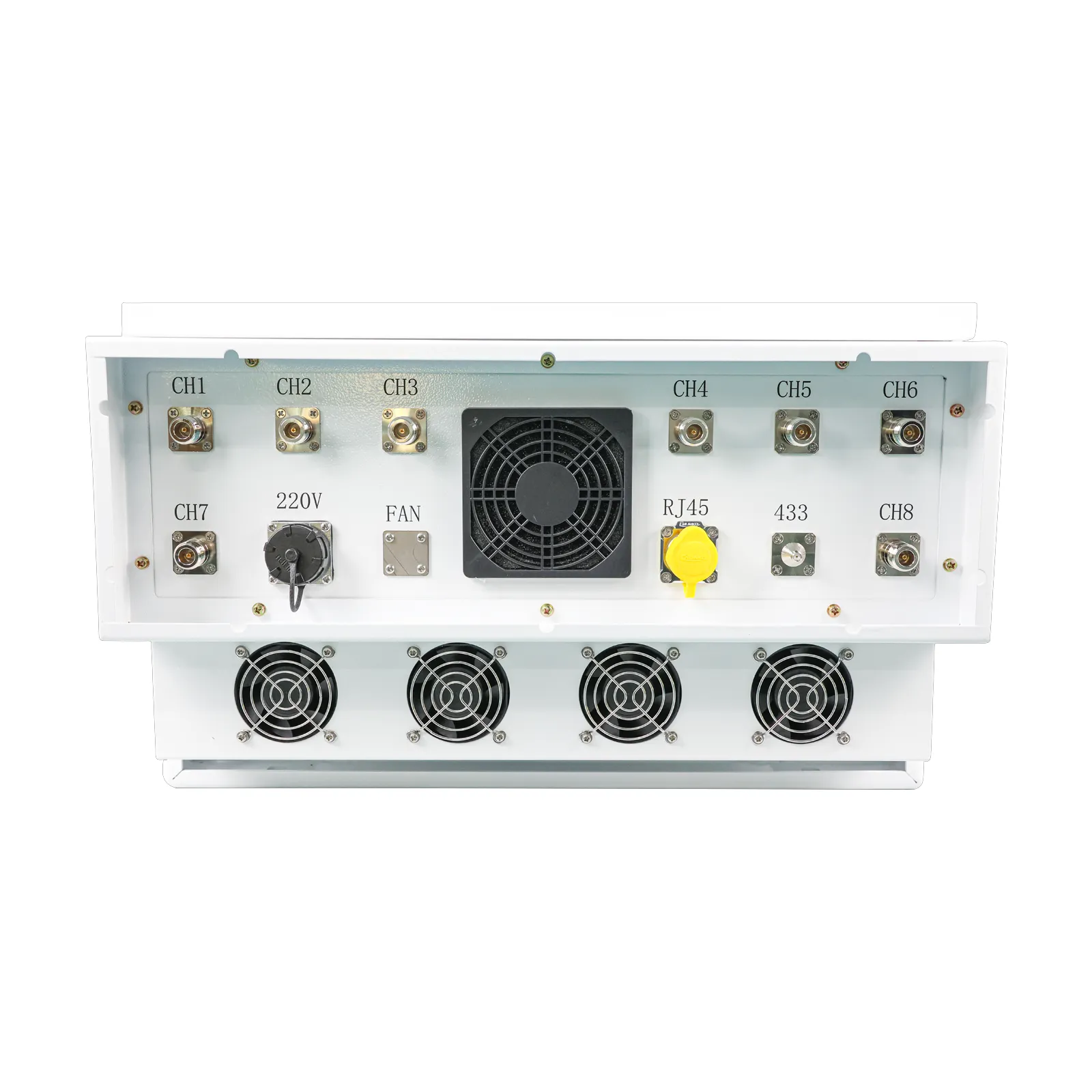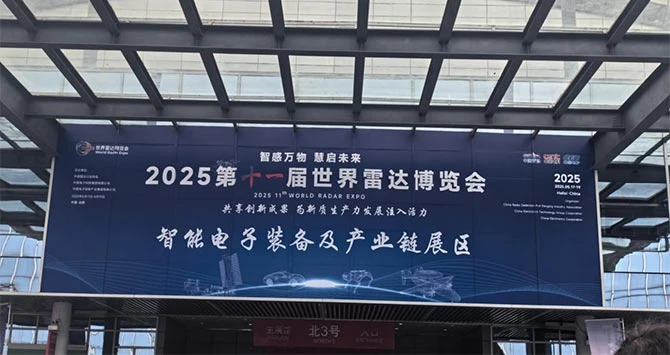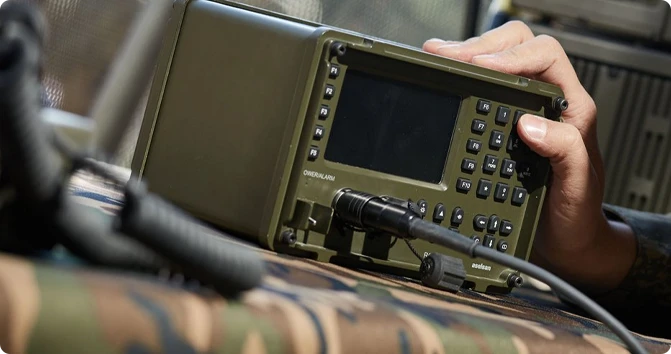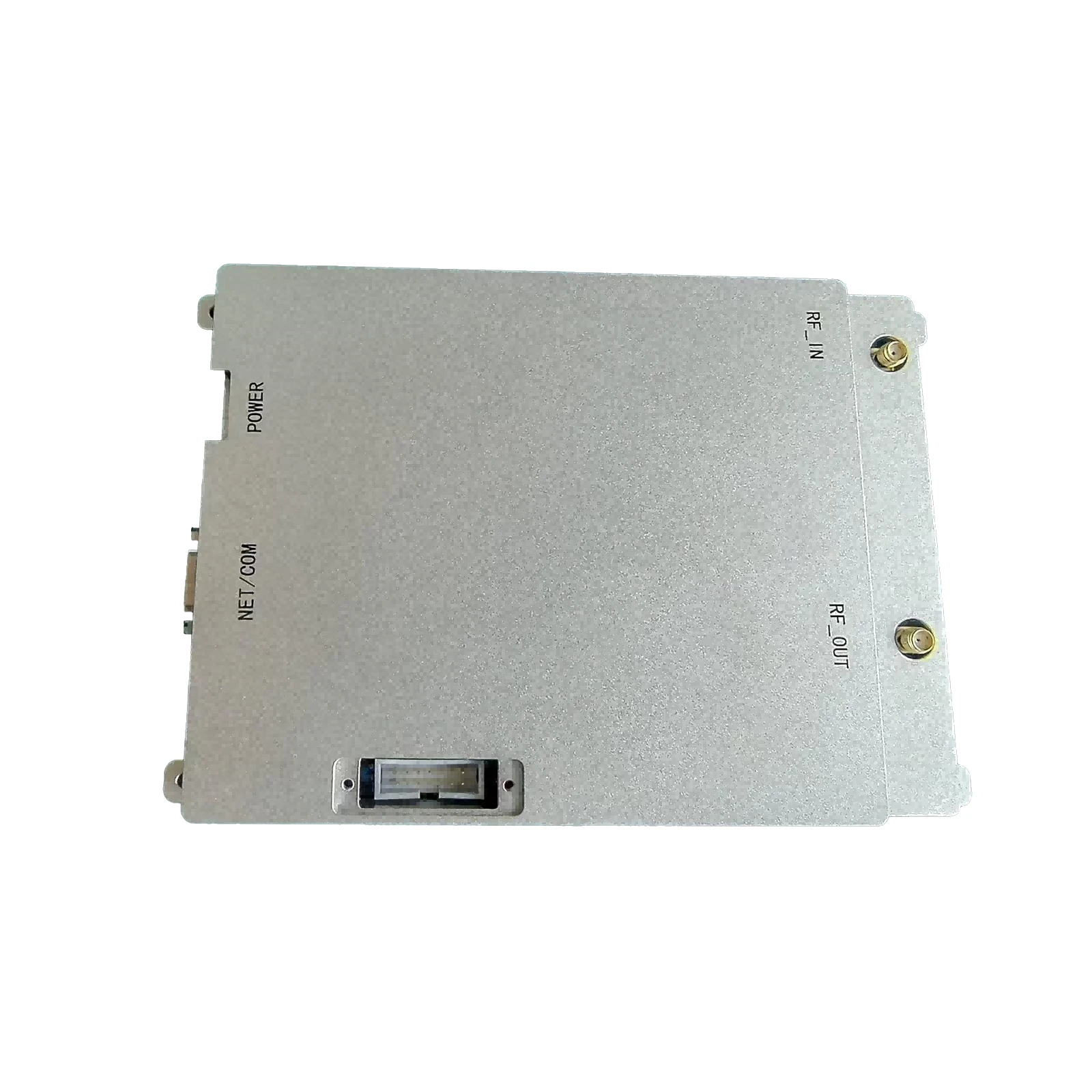What is a Class E RF Power Amplifier? Efficiency and Applications Explained
Understanding the Class E RF Power Amplifier: Why It Matters Globally
If you've ever wondered how wireless communication manages to be both efficient and powerful, you'll want to dive into the world of the class e rf power amplifier. These devices, though not always front and center in conversations, play a vital role in amplifying high-frequency radio signals with remarkable efficiency. From cellular networks to satellite communications, the class E topology is often the secret weapon engineers rely on to squeeze maximum performance from limited power, which, frankly, is a big deal when scaling connectivity worldwide.
Given the UN's estimate that there are over 8 billion mobile subscriptions globally, and with the explosion of Internet of Things (IoT) devices, the race for energy-efficient RF amplification has never been more critical. Understanding how class E amplifiers work and their global importance touches on everything from extending battery life in remote sensing devices, reducing carbon footprints in telecommunications, to enabling cost-effective communication in developing regions.
Global Context: The Demand for Efficient RF Amplifiers
Telecom infrastructure has spread like wildfire. According to the International Telecommunication Union (ITU), over 90% of the world's population is now covered by at least a 2G mobile network, but quality and reach vary. As devices multiply, so too does the demand for amplifiers that can deliver more output power with less input energy. This is no small feat.
Class E RF power amplifiers have emerged as a compelling solution in this battle against energy waste and heat dissipation. They address the difficult challenge of boosting RF signals without rapidly draining batteries or causing overheating — problems that plague earlier amplifier designs, such as Class A or Class B. This is especially critical for remote monitoring stations, IoT nodes, and emergency communication equipment.
What Exactly Is a Class E RF Power Amplifier?
Simply put, a class e rf power amplifier is a type of switching amplifier that uses a transistor operating in a switching mode to achieve very high efficiency, often exceeding 70-80%. Unlike traditional linear amplifiers that continuously operate the transistor in its active region (and dissipate loads of power as heat), class E amplifiers switch the transistor fully on or off at high frequencies. This clever technique drastically reduces power loss.
They're popular in modern electronics mainly because of their ability to deliver strong radio-frequency output with minimal energy wasted—critical for everything from portable radios to satellite communications, and even military-grade transmitters. Interestingly, this design aligns well with the world's push for greener, more sustainable electronics.
Mini takeaway:
- Class E amplifiers blend efficiency with power, making them ideal for modern RF needs.
- They are a key enabler for sustainable and cost-effective wireless technologies worldwide.
Core Components and Key Factors Behind Class E Amplifiers
1. Switching Transistor
The heart of a class E amplifier is the transistor switching rapidly between on and off states. Power MOSFETs are often chosen for their fast switching speeds and low losses, making the amplifier capable of high-frequency operation.
2. Load Network (Tuned Circuit)
This includes inductors and capacitors precisely arranged to shape the voltage and current waveform, ensuring minimum overlap during switching phases and thus reduced power dissipation.
3. Efficiency Optimization
Many engineers spend considerable time tuning the load network to push efficiency above 85%, which in real terms translates to less heat generation and longer device lifespans—crucial for telecom towers and satellite payloads.
4. Frequency Capability
Class E amplifiers excel in RF ranges from tens of MHz up into the GHz region, perfect for Wi-Fi, cellular, and radar applications.
5. Heat Management & Packaging
Although more efficient, high-power class E amplifiers still generate heat. Proper heat sinks, PCB layouts, and thermal vias become important to maintain reliability during extended operation.
6. Cost-Efficiency
Compared to other amplifier classes, class E circuits reduce power consumption, allowing savings on both power bills and component needs, which matters when you’re deploying thousands of units globally.
Mini takeaway:
- It’s a mix of smart switching and tuned circuits that gives class E its efficiency edge.
- Design details—from transistor choice to thermal management—are non-negotiable for peak performance.
Real-World Applications: Who Benefits and How?
The versatility of class E RF power amplifiers means you'll find them in varied scenarios worldwide:
- Telecommunications Providers: Base stations and repeaters use these amplifiers to keep signals crisp while cutting energy costs.
- Emergency Response Networks: In post-disaster areas with disrupted infrastructure, portable radios using class E amplifiers maintain vital communications with minimal power consumption.
- IoT Deployments: Sensors in agriculture, wildlife monitoring, or weather stations rely on these efficient amplifiers for extended operation in remote locations.
- Satellite and Space Agencies: Efficient power amplifiers minimize onboard energy needs, which is always scarce and precious in space.
- Industrial Automation: Manufacturing plants and mines in rugged locations use class E systems to ensure dependable wireless links with minimal downtime.
A quick example:
In parts of Sub-Saharan Africa, where power grids are unreliable, LoRaWAN nodes powered by class E amplifiers enable farmers to monitor soil conditions remotely without needing frequent battery changes. That’s not just tech — that’s dignity and better harvests.
Advantages and Long-Term Value
Why invest in a class E RF power amplifier rather than a traditional setup? A few reasons stand out:
- Energy Efficiency: Lower power consumption means less strain on limited energy sources, which can translate to fewer CO2 emissions globally.
- Cost Savings: End users save money on energy bills and cooling infrastructure.
- Reliability: Reduced thermal stress increases the equipment’s lifespan — fewer failures, less downtime.
- Scalability: Manufacturers can deploy more units broadly without exponentially increasing operating costs.
- Environmental Impact: Using less energy supports sustainability goals and green certifications (ISO 14001 relevant here).
Product Specification Snapshot
| Specification | Typical Value | Units |
|---|---|---|
| Frequency Range | 100 – 1000 | MHz |
| Output Power (Pout) | 10 – 50 | Watts |
| Efficiency (Peak) | 75 – 85% | % |
| Supply Voltage | 12 – 28 | V DC |
| Load Impedance | 50 | Ohms |
Vendor Comparison: Popular Class E RF Power Amplifier Providers
| Vendor | Frequency Range (MHz) | Power Output (W) | Efficiency (%) | Typical Cost |
|---|---|---|---|---|
| AmplifyTech | 100 – 900 | 20 – 45 | 82 | $$$ |
| WaveBoost Corp. | 150 – 1000 | 15 – 50 | 78 | $$ |
| GreenAmp Solutions | 80 – 850 | 10 – 40 | 85+ | $$$$ |
Looking Ahead: Trends and Innovations in Class E RF Amplifiers
Here’s where it gets exciting. With global pressure to reduce emissions and the rapid rise of 5G and soon 6G technologies, the class E RF power amplifier landscape is evolving fast. Researchers are experimenting with:
- GaN (Gallium Nitride) Transistors: These promise higher power density and frequency, meaning smaller amplifiers that punch harder.
- Advanced Thermal Materials: Incorporation of graphene and diamond substrates to improve heat dissipation.
- Adaptive Digital Control: Combining the class E amplifier topology with AI-powered tuning systems to maintain peak efficiency in changing environments.
- Sustainability Alignment: Integrating with renewable energy systems especially in remote IoT or telecom nodes powered by solar or wind.
Common Challenges and How to Overcome Them
Nothing’s perfect. Class E amplifiers face:
- Design Complexity: Achieving the ideal waveform parameters demands skilled design engineers and careful tuning.
- Heat Stress at High Power: Even with high efficiency, thermal management remains tricky, especially in compact devices.
- Harmonic Distortion: Without proper filtering, unwanted emissions can interfere with other devices or regulatory compliance.
Experts recommend early-stage modelling with advanced simulation software and using high-quality passive components to minimize losses and harmonics. In practice, modular amplifier designs and field-replaceable parts also help.
FAQ: Your Top Questions on Class E RF Power Amplifiers
- What makes a class E amplifier more efficient than other classes?
- Class E amplifiers operate the transistor as a switch, alternating fully on and off, which minimizes the time both voltage and current are high simultaneously—this reduces power loss as heat and achieves efficiencies often above 75%.
- Can class E amplifiers be used for any frequency band?
- They are most effective in high-frequency RF bands, typically from tens of MHz up into the GHz range, making them suitable for Wi-Fi, cellular, and radar frequencies.
- Are they suitable for battery-powered devices?
- Absolutely! Their high efficiency means less energy is wasted, extending battery life — crucial for IoT sensors and portable communication gear.
- How complex is the design process for these amplifiers?
- The design requires skilled engineers to properly tune the load network and select components that ensure the transistor switches cleanly without distortion, which can be more intricate than linear amplifiers.
- Where can I learn more or purchase reliable class E amplifiers?
- You can visit specialized suppliers such as class e rf power amplifier vendors for detailed products and custom design support.
Wrapping Up: The Power of Class E Amplifiers for a Connected Future
In a world leaning ever more heavily on wireless communication, the class E rf power amplifier is quietly but effectively supporting that infrastructure. The gains in efficiency, reliability, and cost-effectiveness help meet global demands while aligning with sustainability goals. Whether it’s connecting remote communities, enabling cutting-edge radar, or powering tomorrow’s IoT grids, these amplifiers prove that sometimes, switching on and off quickly is exactly what’s needed.
Curious to explore solutions or see how these amplifiers can fit your projects? Visit our website for detailed info, expert advice, and the latest innovations.
References
-
09 March 2021 24 Nov 2025
-
09 March 2021 24 Nov 2025
-
09 March 2021 24 Nov 2025
-
09 March 2021 23 Nov 2025
-
09 March 2021 21 May 2025
-
09 March 2021 25 Dec 2024
-
09 March 2021 14 Oct 2022
-
09 March 2021 25 Dec 2024













